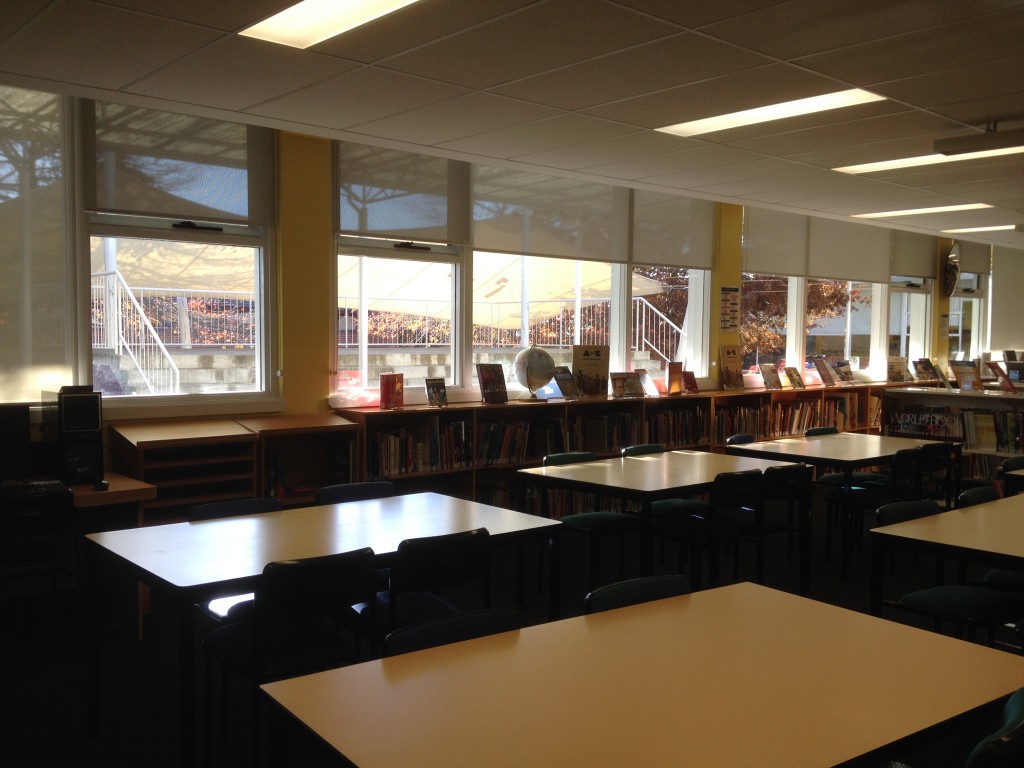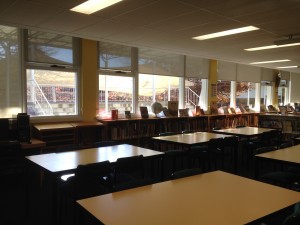ALIA Schools National Online Forum

Yesterday was the first day of the ALIA Schools National Online Forum – School Library Resource Centre guidelines – an 8 day exploration of this document which was jointly produced by ALIA Schools and the Victorian Catholic Teacher Librarians (VCTL).
I had seen the announcement of this online forum over the weekend, and had the blog bookmarked ready to start, when on Monday afternoon it was announced that a long-awaited and much-needed extension to our Junior School would begin in September this year, including the extension of my Library by several metres and a tuckshop roof!
I began working here in April 2008, and it quickly became apparent to me that the combination of layout, fixed cabinetry, immobile shelving, and insufficient space was limiting students’, teachers’ and classes’ use of theLibrary. By swapping the location of fiction and non-fiction collections I was able to improve some aspects, but limitations of space and built-in bookshelves could not be changed.
Now with an extension to the Library happening, I have a very clear timeframe for looking at all the aspects of the Library, from physical space to books on shelves to virtual collection to types of services offered to ways we communicate with and engage with the school community.
Today’s questions were:
- Why should schools take the time to complete this document?
- Could this document be useful in conducting a review of your library?
My answers were:
A1) I think that school libraries should be continually reflecting on their services in order to know which direction to take – keep going straight ahead or make a turn in a different direction? This document is a useful tool to guide that reflective process as it has already laid out a logical structure and itemised things to consider during the review.
I also think that the specifically Library-designed questions are more helpful than using a more general tool such as a SWOT analysis.
A2) This kind of review document is definitely going to be helpful in conducting a review of my Library! I think that this online forum, combined with the immediate plans to refurbish our junior/middle school library, are a match made in heaven – now I don’t have to wonder where to start, I’ll just grab a section and get going.
So, taking the plunge – I would like to use the SLRC guidelines for self-reflection and evaluation over the course of the next 3 terms to form the basis of a report on the state of my Library and future plans.


